Safe Sup surfing
Safe sup surfing: When SUP surfing, it's important to follow certain safety etiquette and regulations to ensure a safe and enjoyable experience for everyone in the water. Here are some key things to keep in mind:
- Know the rules: Before you go out, make sure you are familiar with any local regulations or rules regarding SUP surfing. These may include restrictions on where you can surf, speed limits, and requirements for wearing a leash or personal flotation device (PFD).
- Respect other surfers: When you're in the water, be respectful of other surfers and give them plenty of space. Don't drop in on someone else's wave or try to catch a wave that another surfer is already riding. Always communicate with other surfers and be aware of your surroundings.
- Wear a leash: It's important to wear a leash when SUP surfing to ensure that you stay connected to your board at all times. This can help prevent collisions and keep you safe in rough or choppy conditions.
- Use the right equipment: Make sure you have the right equipment for the conditions and your skill level. This may include a board with enough volume and stability, a suitable paddle, and proper safety gear like a PFD.
- Watch the weather: Be aware of changing weather conditions, such as wind, waves, and tides. If conditions become dangerous or uncomfortable, it's best to leave the water and come back another time.
- Know your limits: Be honest about your own skill level and only surf in conditions that you can handle safely. If you're not comfortable in the water or if conditions become too challenging, it's okay to stay on the beach and watch others surf.
- By following these safety etiquette and regulations, you can help ensure a safe and enjoyable SUP surfing experience for yourself and others in the water.
Rescue throwbag demonstration
This video provides excellent information for beginner and novice paddle boarders. by PaddlingTV
Safe SUP surfing tips
- • Paddle with a buddy
- • Wear a PFD
- • Let someone know your plans
- • Do not underestimate potential dangers, even on familiar waters
- • Carry a whistle or horn depending on how far you are from shore
- • If paddling in low light bring a flashlight, headlamp, and/or flare
- • Wear bright coloured clothes to be more visible to others on the same waters
- • Practice safe surfing!
Here is a great instruction video from Rob Casey. Rob gives his suggestions for what to carry whether solo or paddling in a group.
It is advised that you wear an ankle leash for safe sup surfing
An ankle leash is an important component to SUP safety. If you fall into moving water wearing an ankle leash, you won't lose your board, which could save your life. Remember, the current may be moving faster than you can to swim.
If you’re not wearing a leash and you fall in, swim to your board first, then retrieve your paddle (basic rule). Staying with your board is safer than floundering in the water on your own; it allows you to be more visible and will help save energy. Think water safety at all times.
STAY WITH YOUR BOARD AT ALL TIMES
Wear a PFD
According to Wikipedia, “as of October 3, 2008, the US Coast Guard now classifies SUPs as vessels and as a result SUP riders are obliged to wear a personal floatation device (PFD) when paddling in certain areas*.”
"certain areas" refers to open oceans, rivers, bays etc. If you are in the surf zone or swimming zone you are not required to wear a PFD according to US Coast Guard rules.
The Canadian Coast Guard has implemented similar rules, however SUPers are only required to have a PFD with them, not necessarily wear it.
SUP safety smarts tell you not to take chances: practice safe surfing. If you're not confident in your swimming ability, wear a PFD. Always have your children wear a PFD. In California, the water safety act dictates that children 12 years old and under must wear a PFD—really, a good rule for everyone. SUP safety—and water safety for any sport—is enhanced with a PFD, so should an accident happen and you’re unable to swim, you’ll stay afloat until help arrives.
There are many styles of PFD to choose from. If a jacket or vest style is your preference, find a shape that gives some open space at the front of the arm to avoid chafing from the paddling motion. Waist/hip style PFD belts are popular for hot days.
High winds don’t have to mean high risk
Safe surfing means knowing what to do in the event of something unforeseen. If you get caught in unexpected high winds and paddling becomes difficult, kneeling to paddle creates less resistance. Alternately, get on your stomach (prone position); tuck the paddle blade under your chest with the handle pointing straight outwards in front of you and hand-paddle to safety. Prone position will give you the least resistance, keep you safer, and allow you to propel forward much more easily until help arrives.
STAY WITH YOUR BOARD AT ALL TIMES
Upwind or downwind? Make the safe choice for you
Depending on your skills and strength, consider paddling against the wind at the start and with the wind to your back on your way home to avoid fatigue—a good SUP safety tip.
CARRY A WHISTLE
Stand up paddling in unfamiliar waters
Plan ahead. Ask the locals where it is safe to paddle. Water can look safe, but unexpected currents, eddies, underwater obstructions and unexpected winds or storms can pose serious danger. Practice SUP safety: paddle with a buddy!
STAY WITH YOUR BOARD AT ALL TIMES
Who has the right of way?
When approaching a vessel or vice versa, you must give right-of-way to a vessel that is larger than your own. Don't assume a motorized vessel, watercraft or any larger vessel can see you. Wear bright coloured clothing. Think safe surfing!
CARRY A WHISTLE
What to do In a distress situation
Imagine you’re dealing with
- a broken paddle
- a dangerous area
- a physical injury
- unexpected strong winds, waves or currents
Sit on your board and wave your arms or wave the paddle above your head to attract attention. Again, if you're wearing bright clothing you'll be more easily seen.
Visual Distress Signals (VDS)- (Coast Guard Recommendation)
If you’re paddle boarding long distance or in challenging waters, consider a Visual Distress Signal (VDS)—a flash light, flare or flag depending on time of day and visibility. Practice safe surfing, and don't forget your whistle! Out on the ocean, a horn may be a good idea.
DESCRIPTION: How to rescue a drowning person with a stand up paddleboard
DESCRIPTION: Safe SUP surfing – From NRS SUP quick release lease for action river and lake paddling.
MTI Belt Pack instruction
By MTI
Safe SUP surfing instruction for a inflatable waist and around the neck pfd. How to employ and repack.
How to choose the right life jacket
By NRSWEB
In this video, NRS goes over the types of life jackets most commonly worn by boaters, kayaker and paddle boarder and offer tips for choosing one you'll be comfortable wearing all the time you're on the water.
back to SUP instruction

This website is for sale. For information go to:
Buy-standuppaddleboardingguide.html
DuckDuckGo Search
2014 - Most recent Review - Shark 2s
Amazon devicesSee BLUEFIN SUP Fleet
5 year warranty,
60 day returns.
Free global shipping!
Learn more about Bluefin Sup inflatables
Dear Visitors
Should you click on an ad, it make generate a small commission at no cost to you. It helps keep our website free for all users. MANY THANKS!
O'Neil Wetsuit
https://amzn.to/3wekRsh
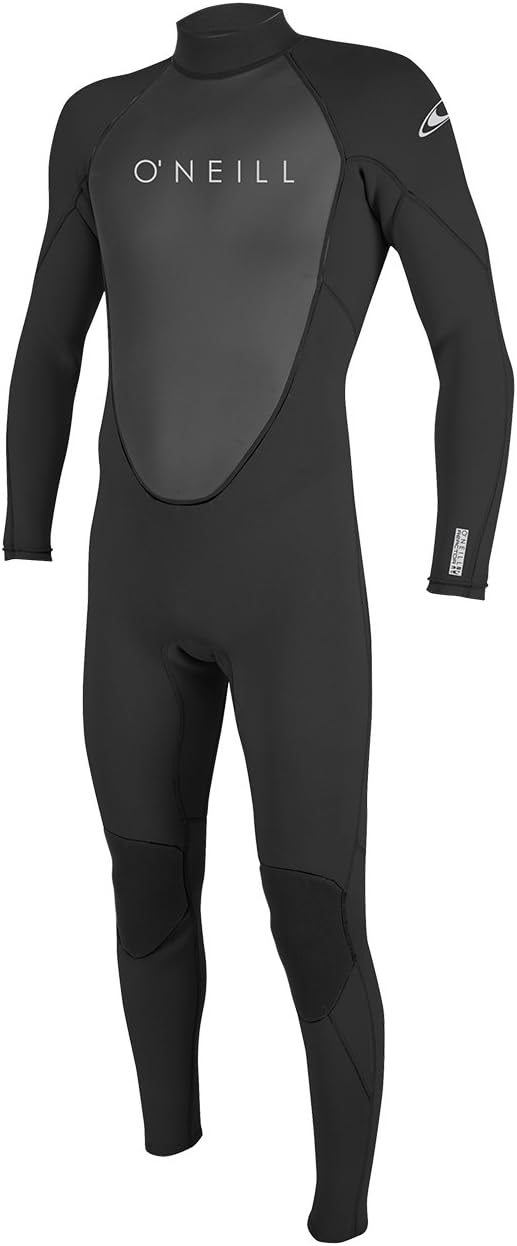
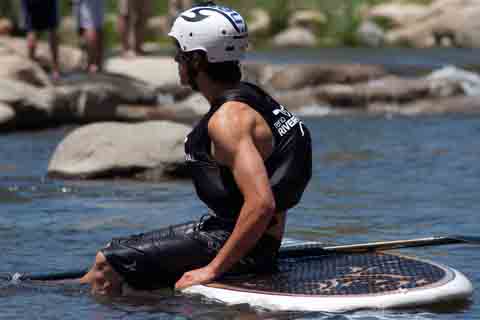
For action SUPing consider a low profile vest with deep arm holes for ease of paddling.

Be prepared for unexpected high winds, storms or the like. Carry a whistle. It is small and lightweight and easy to pack.
LOW COST Inflatable paddle board - find out more via the following link:
Lucky Bum's paddle board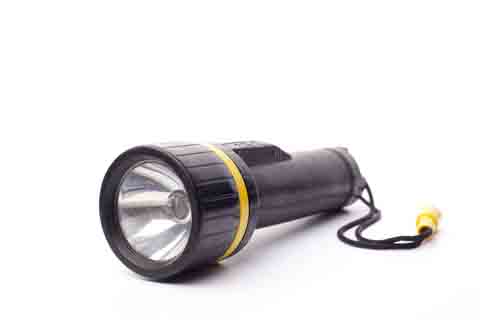
Travelling at sunset or full moon evening? Consider carrying a small lightweight flashlight.
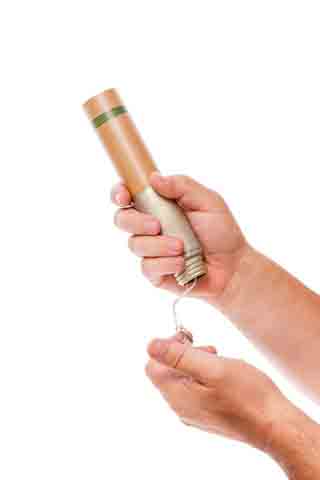
A hand held flare could come in handy on a downwinder.
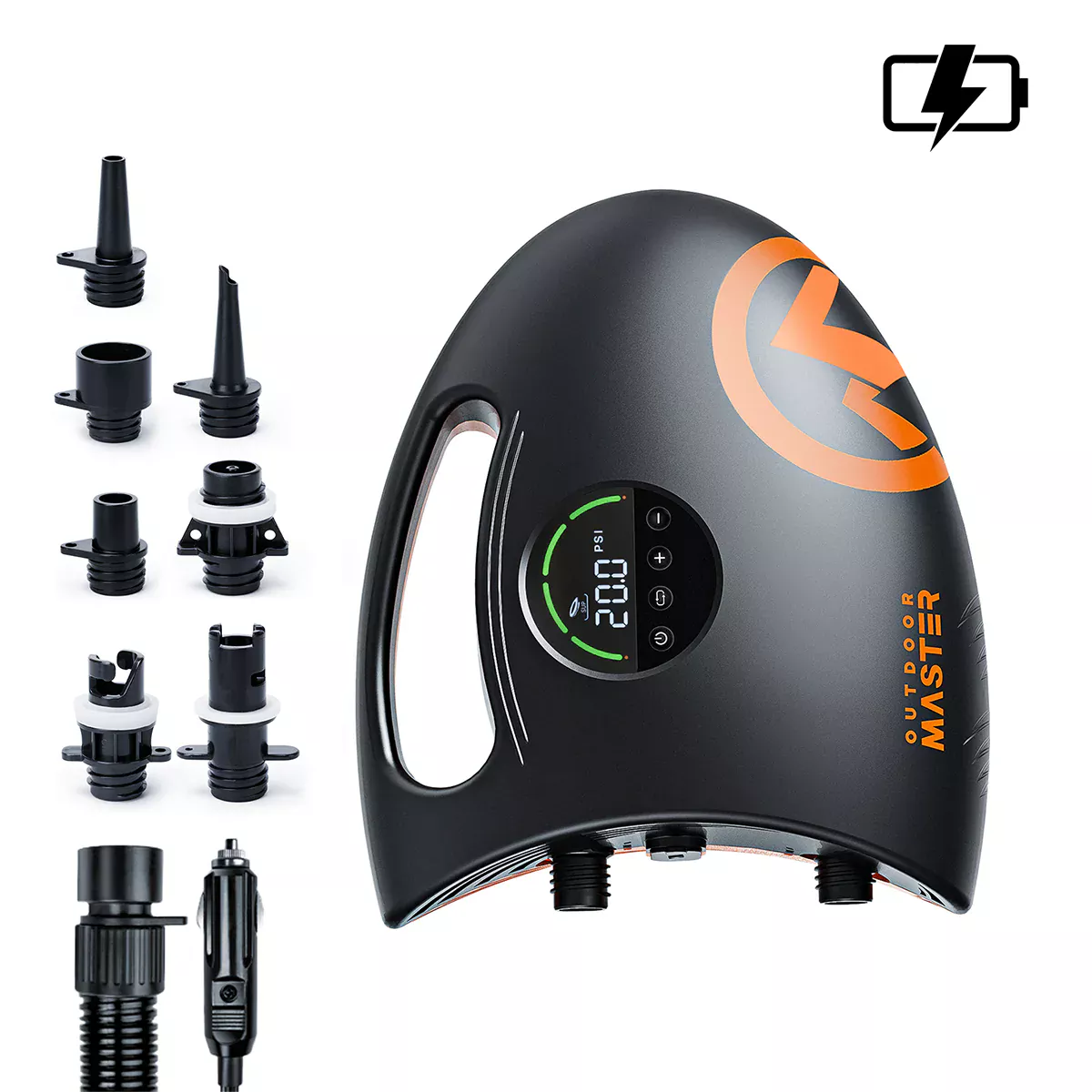
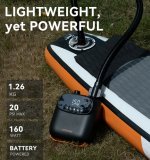
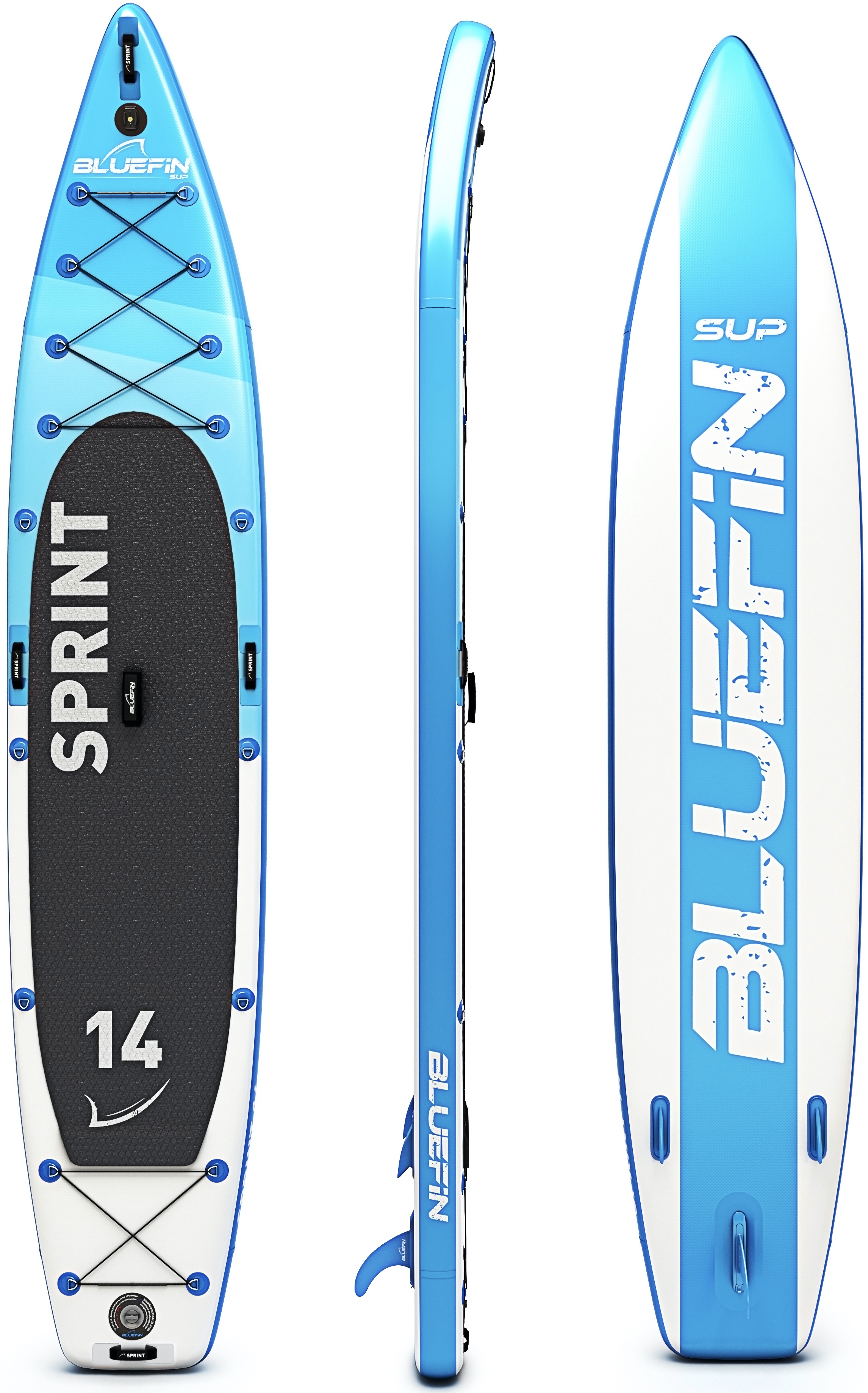
New! Comments
Have your say about what you just read! Your paddle boarding comments, stories and ideas are valued! Many thanks!